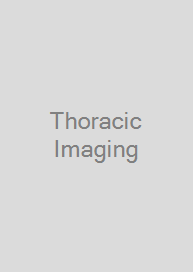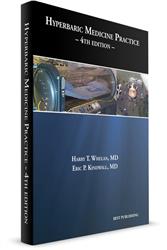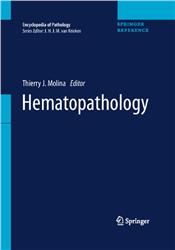From Thoracic Surgery to Interventional Pulmonology
A Clinical Guide
| Auflage | 2021 |
| Seiten | 250 pp., 150 illus. |
| Verlag | Springer |
| ISBN | 9783030802974 |
| Artikel-Nr. | 569072 |
Lieferzeit ca. 5 Werktage
Produktbeschreibung
This book provides an unbiased and evidence-based guide to the potential role of interventional pulmonology as an alternative to thoracic surgery. Interventional pulmonology is a new and quickly growing sub-specialty in pulmonary medicine and increasingly more pulmonologists are turning to interventional therapies over the more costly and invasive surgical options. The text thoroughly presents detailed coverage of and diagnostic methods for many diseases and conditions that pulmonologists encounter daily, including: diffuse lung infiltrates, solitary lung nodule, undiagnosed exudative pleural effusion, pneumothorax, hemoptysis, and airway foreign body. Experts then detail treatment options, from both a surgical and interventional perspective, with guidance on: when each procedure is most appropriate, what can be performed by a pulmonologist (with guidelines on how those procedures are done) versus what needs to be referred to a thoracic surgeon or an intervention pulmonologist, and the benefits and disadvantages involved with each option. This is an ideal guide for pulmonologists, trainees, and students to better understand the full scope of possible treatment options for their patients and to make the best informed decision about patient care.
Details new approaches to diagnosis and treatment in pulmonology that represent a major shift in contemporary practice from thoracic surgery to interventional pulmonology
Covers major pulmonary conditions, including bronchopleural fistula and massive hemoptysis, and the various surgical and emerging interventional techniques that can be used to appropriately diagnose and treat them
Offers practicing pulmonologists more in depth knowledge on interventional pulmonology and when to recommend these methods over thoracic surgery
Details new approaches to diagnosis and treatment in pulmonology that represent a major shift in contemporary practice from thoracic surgery to interventional pulmonology
Covers major pulmonary conditions, including bronchopleural fistula and massive hemoptysis, and the various surgical and emerging interventional techniques that can be used to appropriately diagnose and treat them
Offers practicing pulmonologists more in depth knowledge on interventional pulmonology and when to recommend these methods over thoracic surgery
Fachzeitschriften

Bleiben Sie informiert!
Melden Sie sich für den frohberg.de-Newsletter an und nutzen Sie jetzt Ihre Vorteil:- Willkommens-Dankeschön: Beatmungsmaske Rescue Me
- Aktuelle Neuerscheinungen und Empfehlungen
- Exklusive Angebote und Kongress-Highlights











